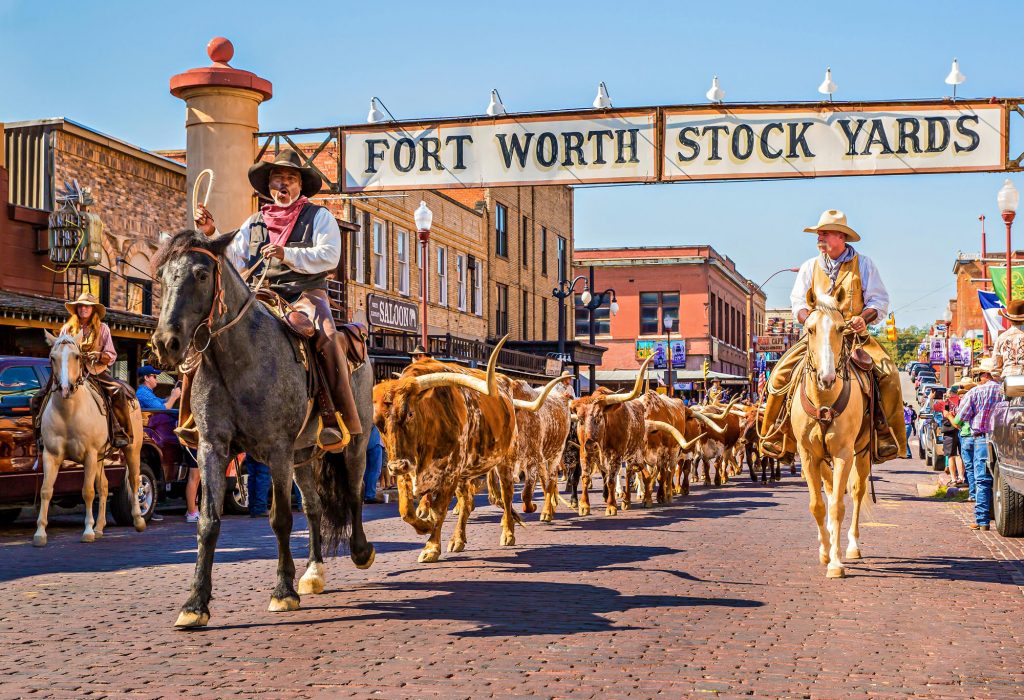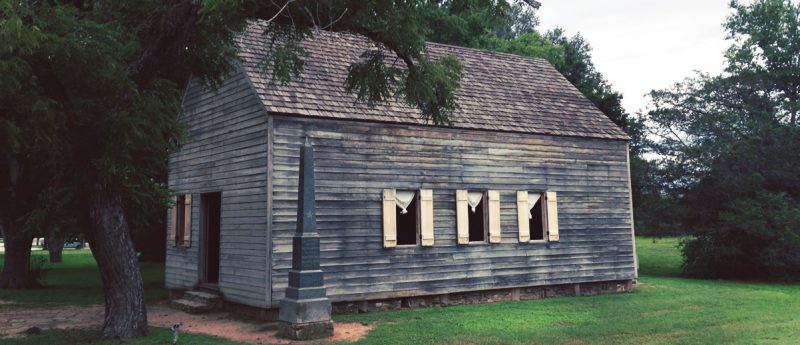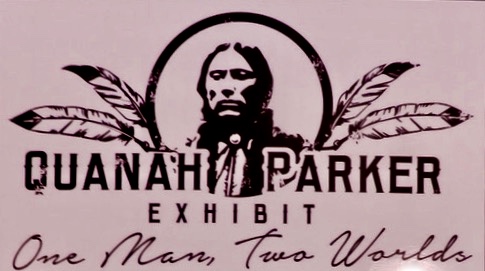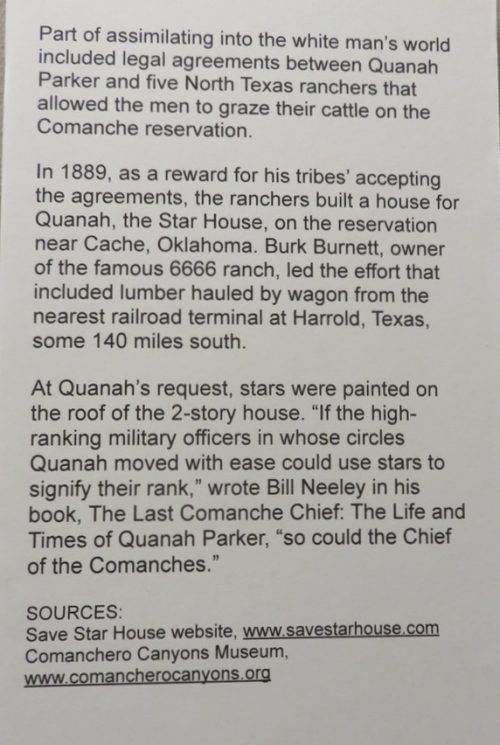
Credit: https://www.facebook.com/lavenderpathways
The Cross Timbers of Texas is composed of two long and narrow strips of forest region that extend parallel to each other from Oklahoma southward to Central Texas and form a marked contrast to the prairies of the state. Early travelers through north Texas coined the name Cross Timbers because they repeatedly crossed these timbered areas, which proved to be a barrier to their travel on the open prairies to the east and west. No major metropolitan areas lie entirely within the Cross Timbers, although roughly the western half of the Dallas-Fort Worth Metroplex does, including the city of Fort Worth.
Originally settled in 1849 as an army outpost on a bluff overlooking the Trinity River, Fort Worth was one of eight forts assigned to protect settlers from Indian attacks. Despite myths to the contrary, there were no major battles with Native Americans at the fort.
How did Fort Worth get its name? On June 6, 1849, Mexican-American War hero General William Jenkins Worth, established a camp on the banks of the Trinity River and the fort became his namesake. The outpost was abandoned on September 17, 1853.
Known as Cowtown for its association with the cattle drives in which millions of longhorns were herded on the Chisholm Trail, Fort Worth also calls itself “the place where the West begins.” And with the arrival of the Texas and Pacific Railway, Fort Worth became the heart of the state’s ranching industry, with the Fort Worth Stockyards transformed into a prized livestock center.
With this boom came the cowboys who stocked up on supplies in Fort Worth, then a dusty and lawless town, home to the brave and the brawling, the solider, the frontiersman, and the outlaw, who caroused its taverns and dance halls. During this wild era of cattle drives, gambling parlors and saloons sprang up around Fort Worth, and soon this rough-and-tumble frontier town won the moniker of Hell’s Half Acre.
Hell’s Half Acre was a precinct of Fort Worth designated as a red-light district beginning in the early- to mid-1870s in the Old Wild West. It came to be called the town’s Bloody Third ward because of the violence and lawlessness. In 1900, after robbing a bank in Nevada, Butch Cassidy and the Sundance Kid and their Wild Bunch gang took up in the Acre to avoid capture.
By the late 1880s, Fort Worth citizens had grown tired of the Wild West within their own city. Hell’s Half Acre accounted for about half of the city’s crimes. Prostitution, violence, and regular suicides were especially embarrassing for leaders seeking city growth. Looking to rein in some of the criminality, Fort Worth installed a permanent police force in 1887.
By 1900, Fort Worth was one of world’s largest cattle markets, and the population tripled between 1900 and 1910. Growth continued, based on various multimillion-dollar industries—meat packing, flour milling, grain storage, oil, aircraft plants, and military bases.
But it wasn’t until the US entered World War I in 1917 and many young men headed off to fight in Europe that the taming of Fort Worth really began. With Prohibition in 1920 came another calm. It certainly didn’t do away with drinking, but at least swilling booze was no longer a wide-open activity. With these two events, much of the lawlessness of the Acre was fading and a much more bridled Fort Worth eventually emerged.
Today, Fort Worth is the 5th largest city in Texas, and many of its earliest buildings endure to this day — art deco skyscrapers stand beside older redbrick stalwarts. Although the dust of the old west is gone, Fort Worth’s proud Western heritage lives on.





